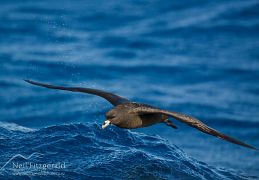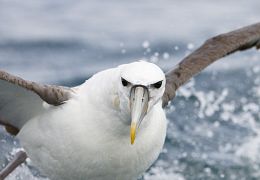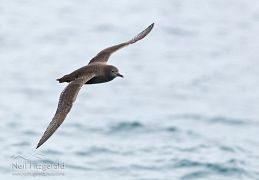
Antipodean albatross
Antipodean albatross consists of two subspecies — Diomedea antipodensis antipodensis and D.a. gibsoni (Gibson's albatross). In the past they have also been treated as separate species.

Black petrel
Black petrels are the seabird most at-risk from commercial fishing in New Zealand. They breed only in New Zealand on two islands and are classified as Nationally Vulnerable.

Buller's shearwater
Although common around much of New Zealand, Buller's shearwaters breed only on the Poor Knights Islands.

Fluttering shearwater
Fluttering shearwaters get their name for their distinctive 'flutter-glide' flight. They are found around the northern half of New Zealand, often closer to shore than other tube-nose seabirds.

New Zealand storm petrel
Rediscovered from presumed extinction in 2003, it took another decade before a New Zealand storm petrel was tracked to land — and the only known breeding site. Fortunately they are relatively safe from mammalian predation, but the total population is probably a tiny fraction of what it once was and they are considered to be Nationally Endangered.

Salvin's mollymawk
Salvin's mollymawk is one of the most frequently killed seabirds in New Zealand fisheries as is now critically endangered.

White-capped mollymawk
There are two recognised subspecies of white-capped mollymawk — New Zealand white-capped mollymawk (Thalassarche cauta steadi), and Tasmanian mollymawk (T. c. cauta) which is a vagrant to New Zealand.



















